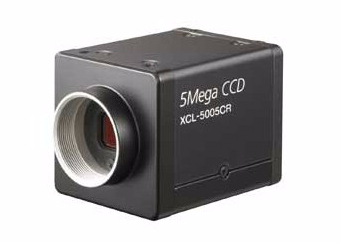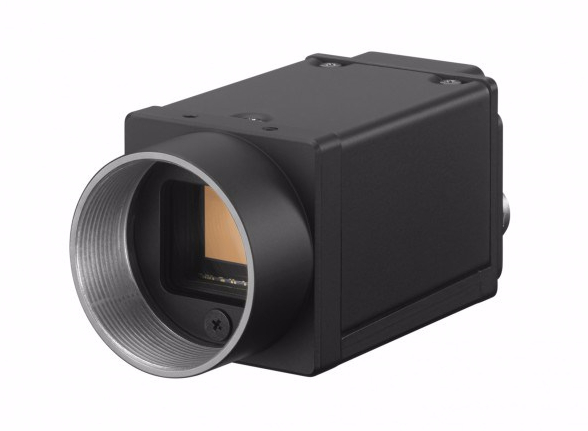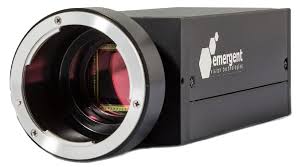
To ponder over the term as to what is a CMOS camera, knowing about two types of market sensors is equally important. Basically, industrial camera market is driven by two market players i.e. CMOS and CCD. The term CMOS (Complementary Metal Oxide Semiconductor) sensors evolved due to their ease of use and are also termed as active pixel sensors as they utilize integrated circuit technology. On the other hand, the term CCD sensors imply charged coupling devices comprising of a pixel array to output an analog voltage signal and doesn’t possess an extra circuitry for their proper functioning.
The CMOS camera is the one constituting CMOS sensors based on single circuit that is used to convert easily real-time situations into digital images. Since CMOS technology leverages an integrated circuit, which comprises of an active amplifier and separate light sensors by constituting an array of pixel sections containing varied components essential for their proper functioning. The CMOS based cameras utilize existing mainstream memory chips for outlaying unprecedented imaging performance and least noise performance by consuming less power. The CMOS cameras utilizing CMOS image sensors uses an photoelectric effect to convert light photons into electrons and each pixel section converts these electrons into a voltage signal. The extra chip circuitries advantage in CMOS cameras adds up to their performance of various operations by constituting built-in amplifier, analog to digital converter, digital controller and noise corrector etc. Each pixel array in CMOS sensors performs its own voltage conversion resultantly reducing off chip circuitry.
Moreover, the lowest cost advantage and the low power consumption of CMOS based cameras further make them an ideal choice for varied machine vision applications as its extends their battery life considerably. Thus, the perks of good imaging quality can be easily realized by being equipped with a CMOS based camera. The off-the-shelf camera solutions provided by CMOS technology unveil extraordinary performance gains in form of high image quality, distortion free imaging and least cost performance alongside uncompromised imaging results. Hence, the answer to the question that what is a CMOS camera stands crystal clear by the arguments mentioned above and depends on the individual perception and demanding applications need.
For more information about CMOS Sensor Camera click here.





 Among the high-performance sensors, the addition of industry first
Among the high-performance sensors, the addition of industry first 





